As the days pass by, I have talked about this trek with a few friends and ‘conocidos’ that have seen some of my Instagram photos. I have answered several questions, such as: Aren’t you scared? How do you sleep? What do you eat? What do you wear? How do you stay “clean”? How you know where to camp? How do you deal with threats? My human network is very colourfull; some have never set up a tent in their lives (or ever will, right, Aimi?), some are highly experienced in the outdoor world, and some are keen but unsure how to engage. I love to surrounded myself with people who are not only interested in the same things I am or have made the same life choices. Inclusivity is a core value. As in, “so long as you are not a prick, I’ll be happy to hang out” but of signs of conscious prickness arise, I’ll walk the other way. No look back, no grudges held. Like gear, is no point taking on what drags you down. Ok, back to gear:
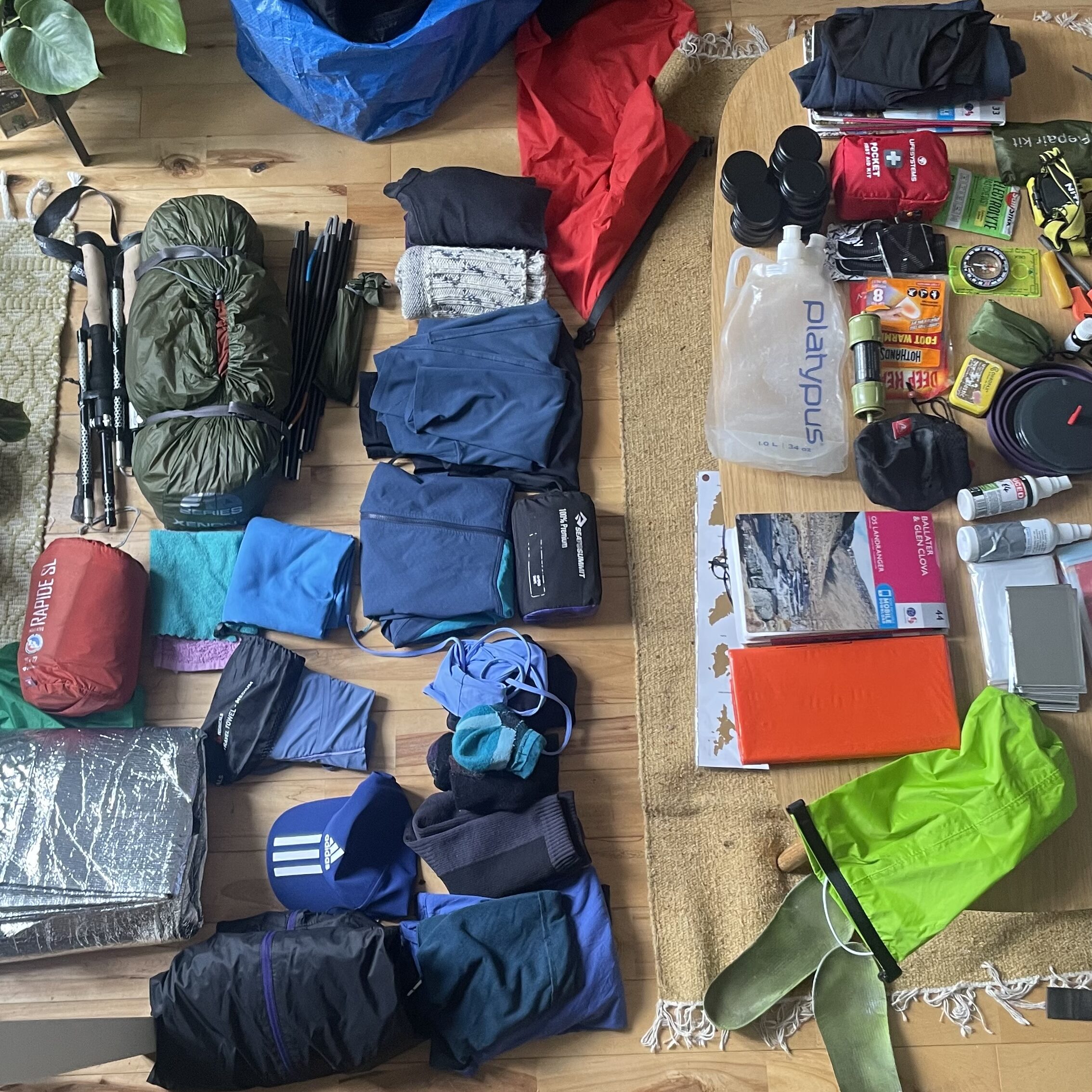
Clothing: Fjallraven leggings, Bridedale trailrunning socks x2 (amazing), sealskin waterproof socks, Mountain Equipment windlayer, Simond hoodie- Merino Layer, Simond cotton racerback, Freedom Trail Windbreaker/Rain jacket, Icebreaker merino baselayers (Sleeping/emergency cold layers), Katharine’s Arctic Circle wool socks (to sleep in).
Kit: Alpkit Hippo Water Filter + 1 x 1Lcontainers, Alpkit titanium 900ml cooking pot, Robens Fire Beetle stove, Alpkit Jasper Fire lighter, head torch donation from someone I can no longer Platypus water remember, but it is still working. First Aid kit from go outdoors, but tailored to my needs includes KT tape, teatree oil, beeswax, beeswax&cotton earbuds (are great fire starters), a tincan with dry tinder, an emergency blanket and an emergency shelter bag, two emergency flou lights, compas, maps, hand and feet warmers, a whistle and two different type of midges/tick repellents.
Gear fails, yes, quite some. Gear triumphs, yes, of course. My tent is glorious. It is not as light as I would recommend others, but I don’t mind the weight if it means I can really stretch and pack dry in the morning. My tent is a Vango Xenon UL, which is about 4 years old, and it has been pitched more than 200 nights since I bought it. I love it. The poles are a battered now, bended by some extremely strong winds in Glen Etive (2021) and Iona & Mull (2024). Yet, this tent has always kept me safe and dry. I can order replacement poles easily but is still ok as it is.. It’s a tent that I can pitch in 6 minutes, pack up in less time, and sit straight. It keeps all my stuff inside and has a porch to cook on when the weather is unkind. It fits comfy two humans, and is a great hang out space when it daggles. Love it.
Another gear triumph, were the La Sportiva Bushido 2 trail runners. First time taking trail runners on a long trek and not hiking goretex shoes. Now, considering that trail runners carry almost nothing on their backs, and I had about 20kg all the way through the shoes did ok. They were light, grippy, and dried relatively quickly, either overnight or while wearing them (with trail running socks) I prefer them now to waterproof shoes. Paired with sealskin socks on very wet days or long boggy stretches, they were no fuzz at all.
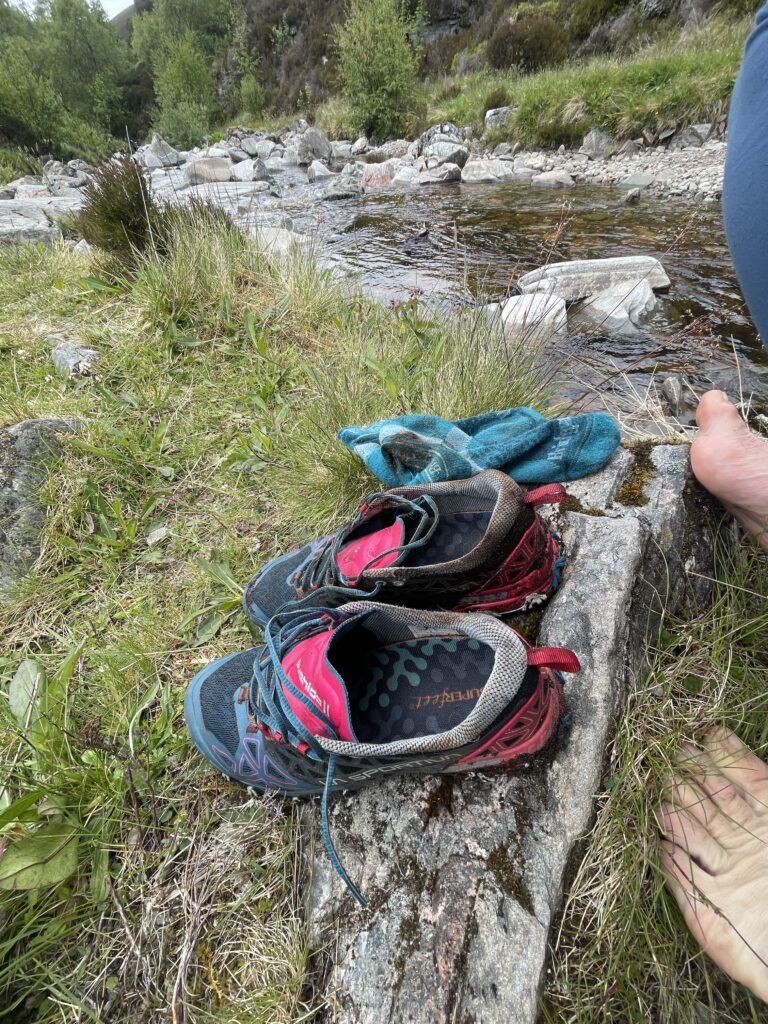
However, I had extremely painful calves & ankles the last week. I had bought a pair of medium arc insoles, a recommendation from the shop. The Superfeet Active Cushion Medium Arch Insoles, for £30 (😥)that should last about a year or 500 miles, and they were worthless just after I hit 100 miles. The result was an incredible amount of ankle pain, calf cramps, and tender knees before I hit day 5. I didn’t realise that the insoles were the culprit for some days and marched on with all the pain untreated. By day 8, I was taping the aquiles tendon, and by day 10, the whole ankle. Got cuddos from my sports masseur for the effective KT taping, inspired by tapping Eli’s ankles when he plays basketball.
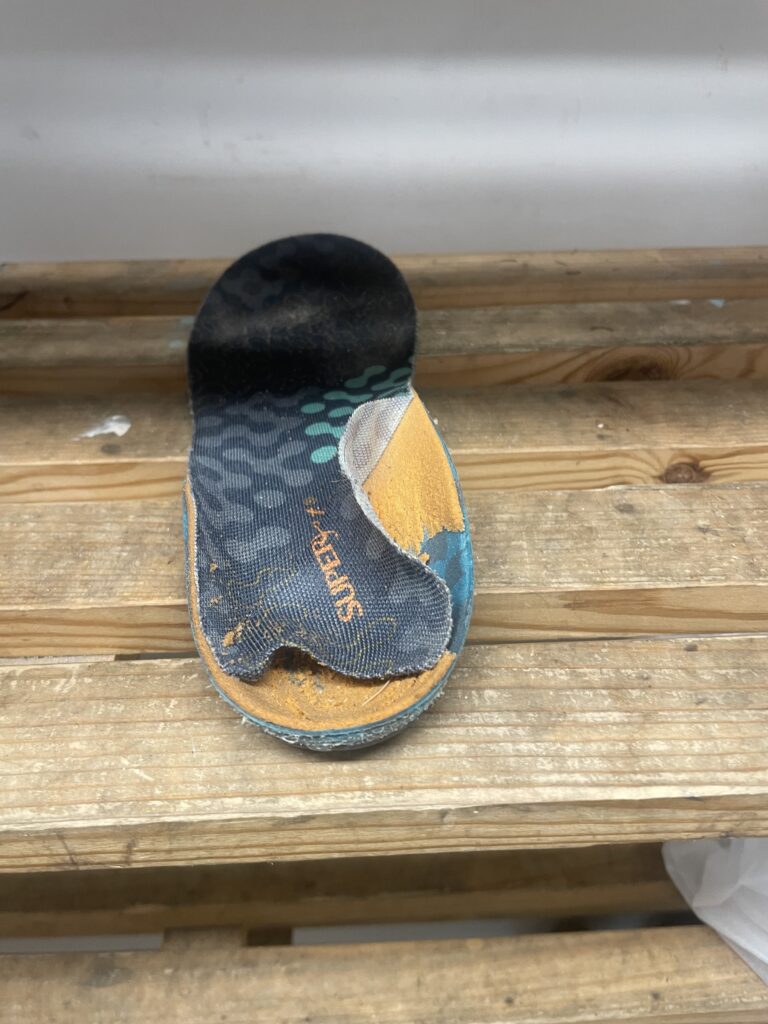
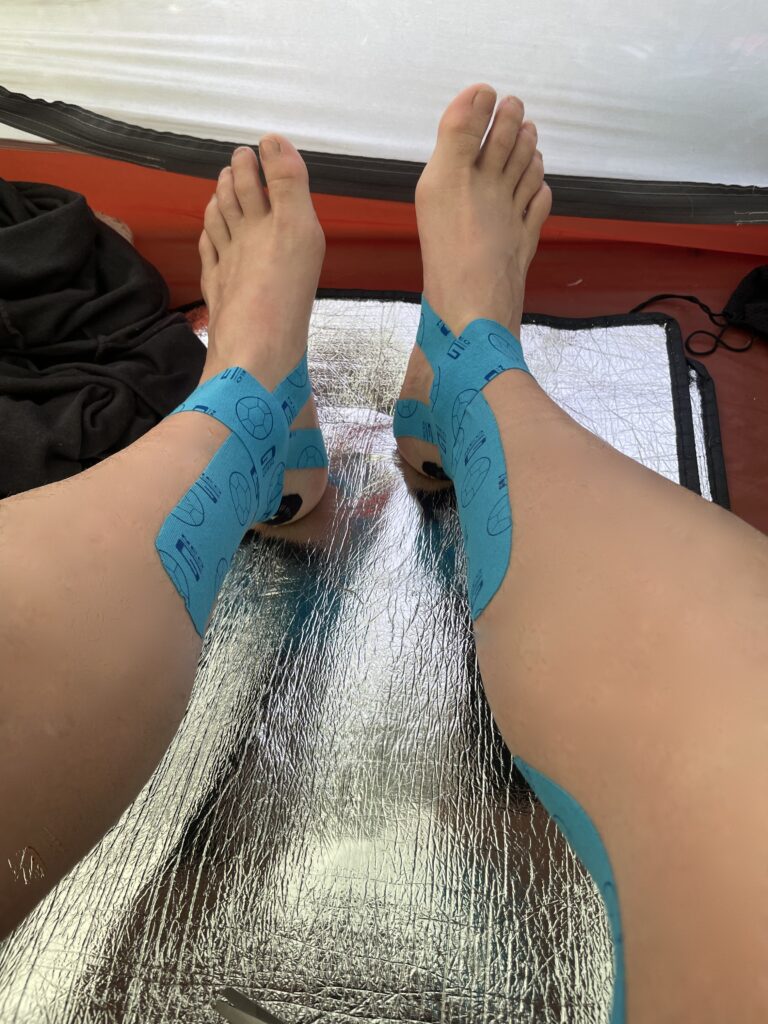
Meanwhile, a gear failure was the trekking poles; they both broke down while navigating mud and bog on the right side of Uisge Labhair. They both got so deep in the bog that they created a strong vacuum, and as I tried to pull them out, the bottom third stood inside the bog. There I was, in the light rain, digging bog to rescue the poles, drying them with my towel, and putting them back together with the bits of silver tape I had rolled over the midgies’ spray bottle. It was not a terrible thing to happen, but it was an inconvenient moment on a part of the trail that was pathless due to rain, mud and bog.
Lastly, I am still undecided about the new “4-season” down sleeping bag I purchased from OEX. Not the best brand, clearly, it kept me warm, especially the one night camping outside Culra bothy, which was extremely cold. However, I would wake up covered in down, the tent looking like a cockfight ring. By now, I believe it has lost enough down to be a 3-season sleeping bag. Disappointed, yes, a total failure, not really.
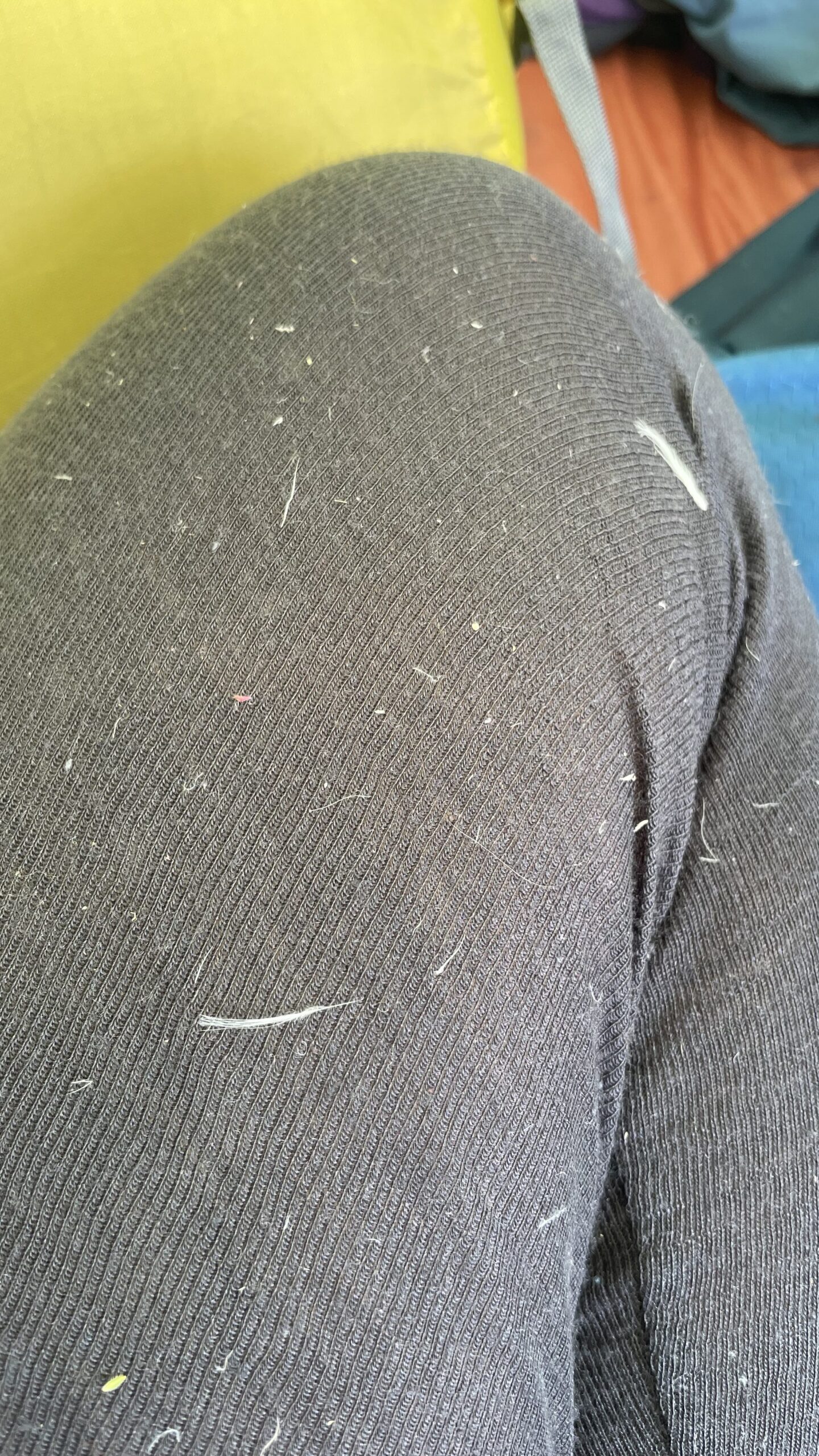
The last of the problems I encountered was the food. I had prepared supplies based on caloric needs and gave high importance to proteins, hydration/electrolites and rich caloric food. I did not want to lose too much muscle gains as I had been training quite hard in the last six months. However, as efficient as I am, the system failed me and I ended up losing about 4kg and went down in my lifting by about 20-25%. The trek days were long, the temperature quite cold, and the terrain, the last week, was quite challenging. I had posted supplies to Fort William and they got lost due to a double failure: I paid for a 48-hour service that took 168, the same amount of time it took me to walk from where I posted to where I was hoping to receive the package (Braemar -Fort William). The second failure was even more irritating, and that was the lack of kindness and attention that the staff from the hostel demonstrated as the package arrived day I was waiting in Fort William, at the hostel t and no one contacted me to let me know. I spent a day in Fort William spending money on less nutritionally efficient food and an extra night in a hostel for nothing. I could have had my maps, my clean leggings, my two squeezy bottles filled with peanut butter and honey and many other amazing things I had prepared at home. When I raised the complaint to the Hostelling association, all I got was a will deal internally with the unkind, slightly racist wee “sorry” we and resentful staff member. I don’t usually Karen these things as I know how innefective the system is, so Tom, you know you are a proper jerk.
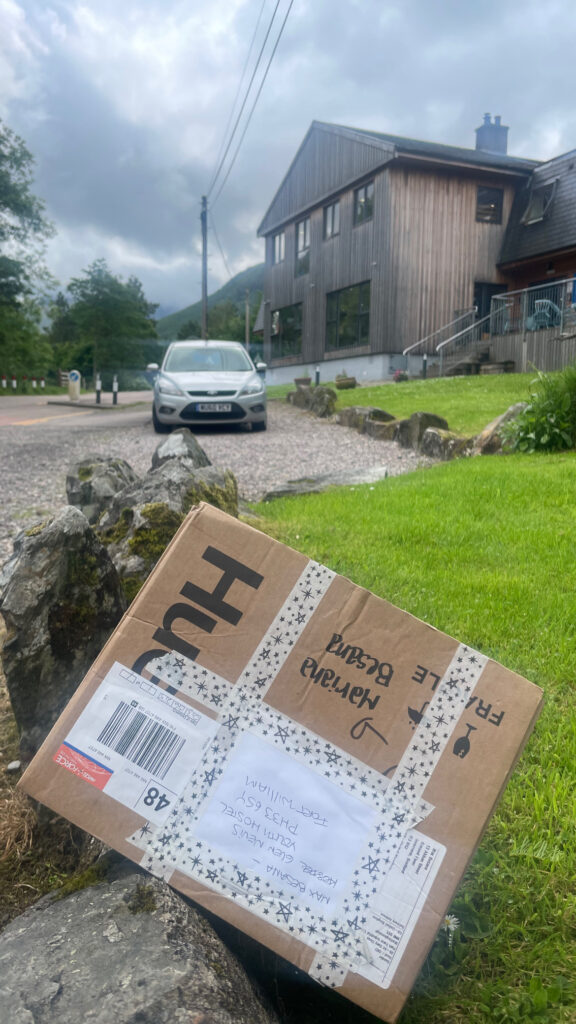
Further on, gear wise I am still happy with everything else I own, but I am contemplating a longer and much more demanding trek next year where light, less bulky everything will be needed without compromising watertightness, warmth and wind protection. If you have questions or suggestions, leave a comment, I am always open to learn and to share my knowledge. Keep it kind, keep it light, Like the gear.
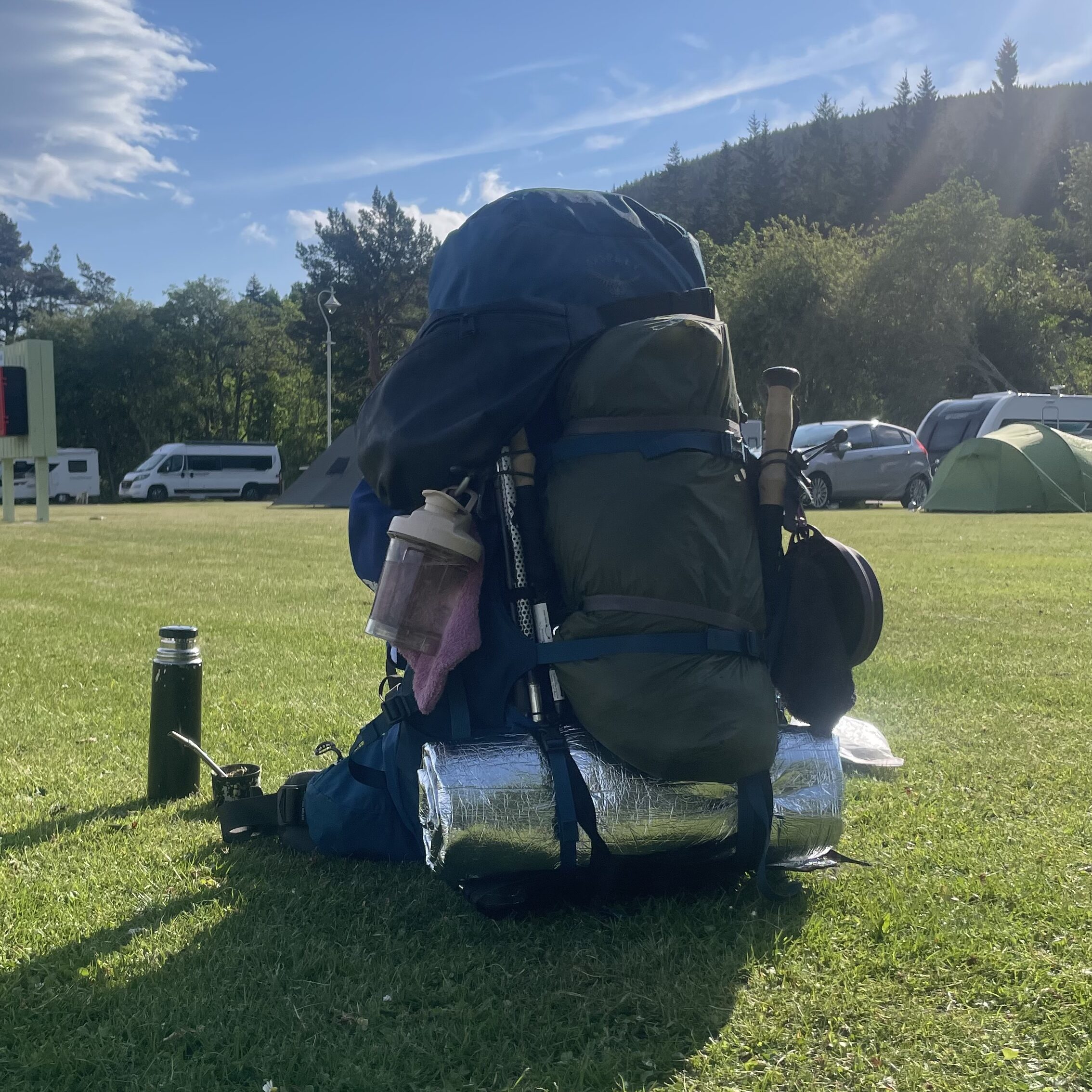
(Next blog: Navigation, routes & trails: 18 july, 2025)
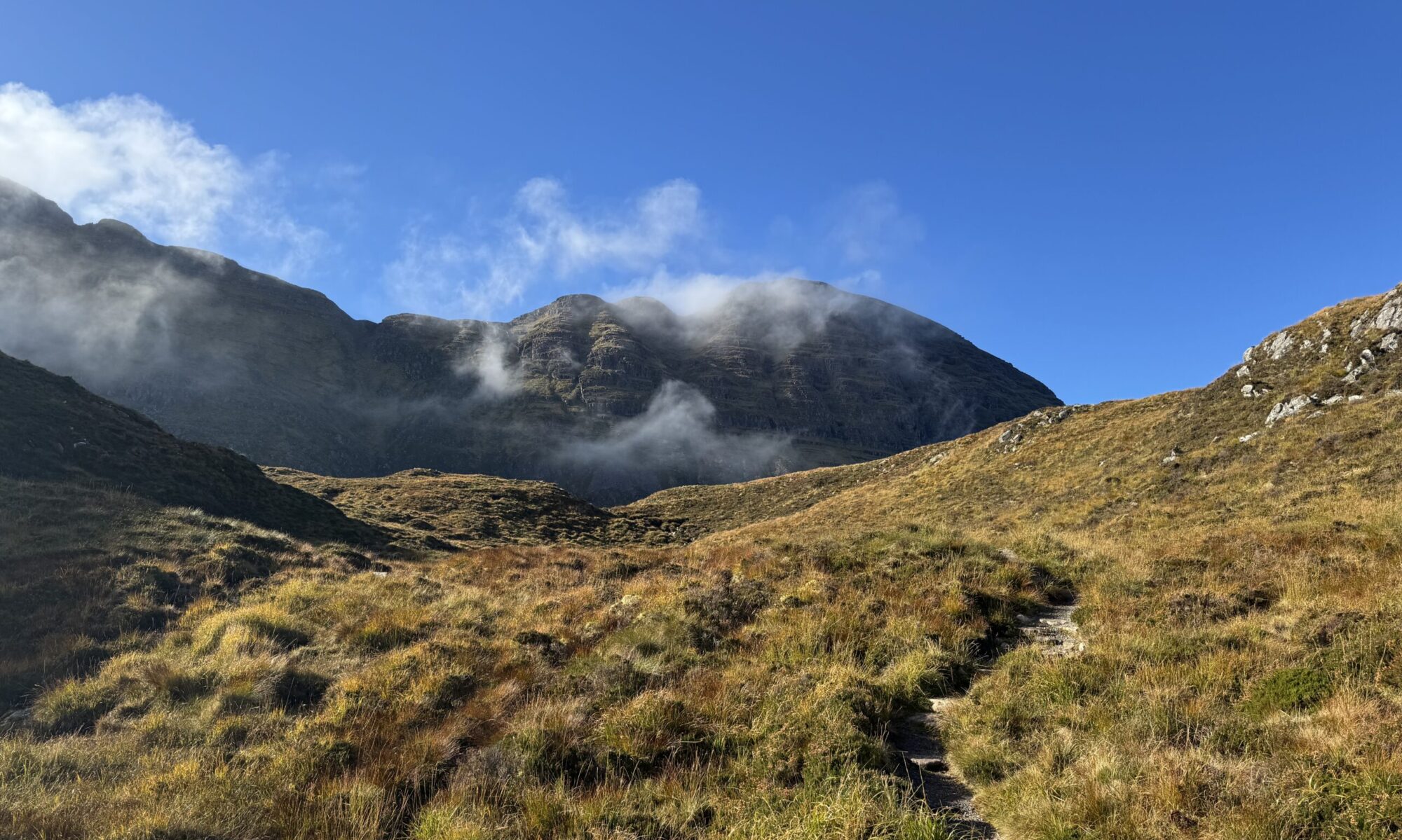
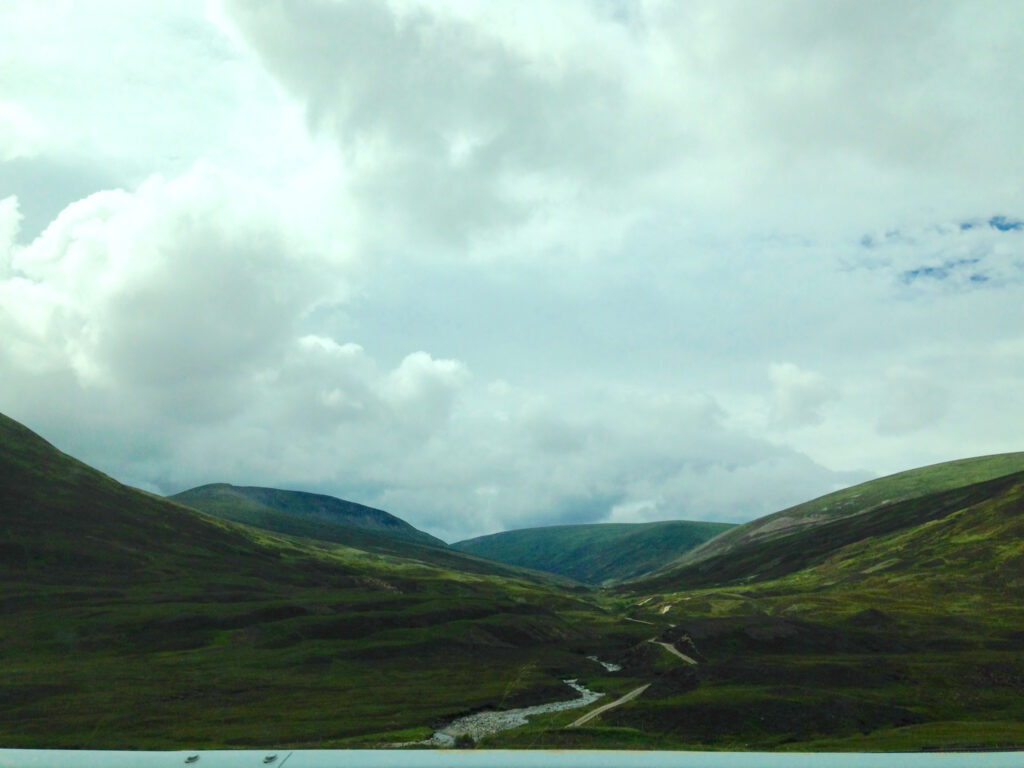
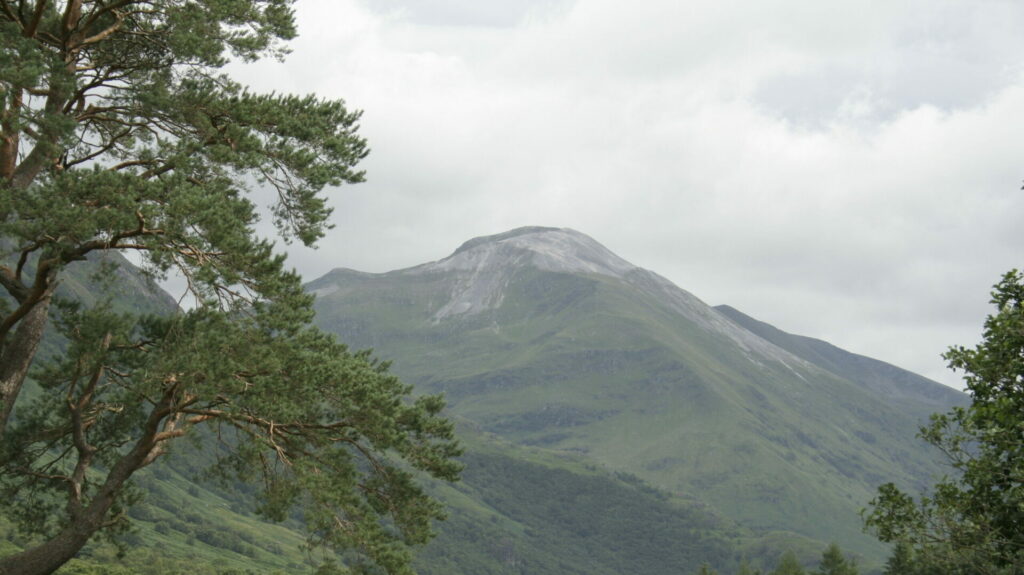
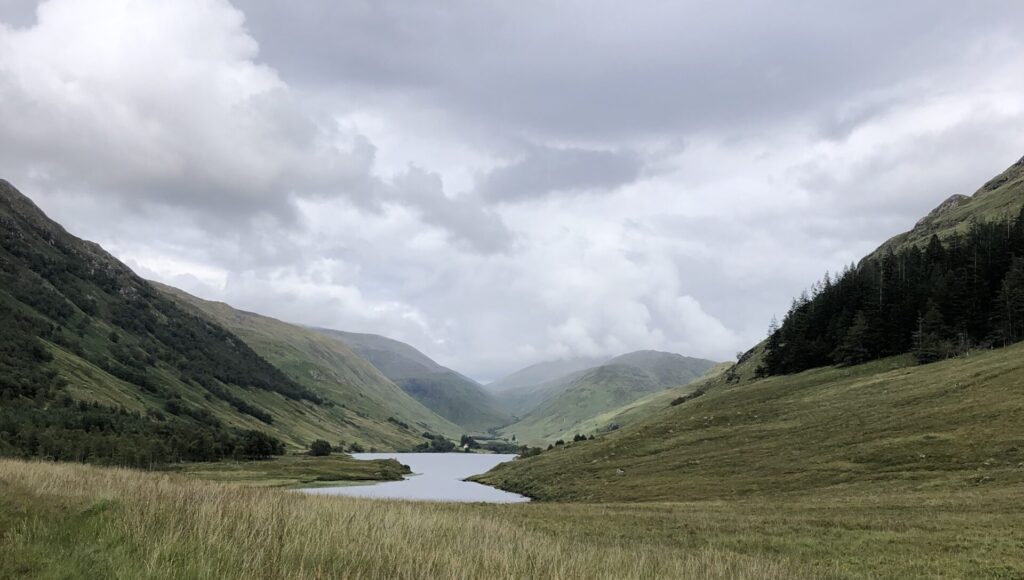
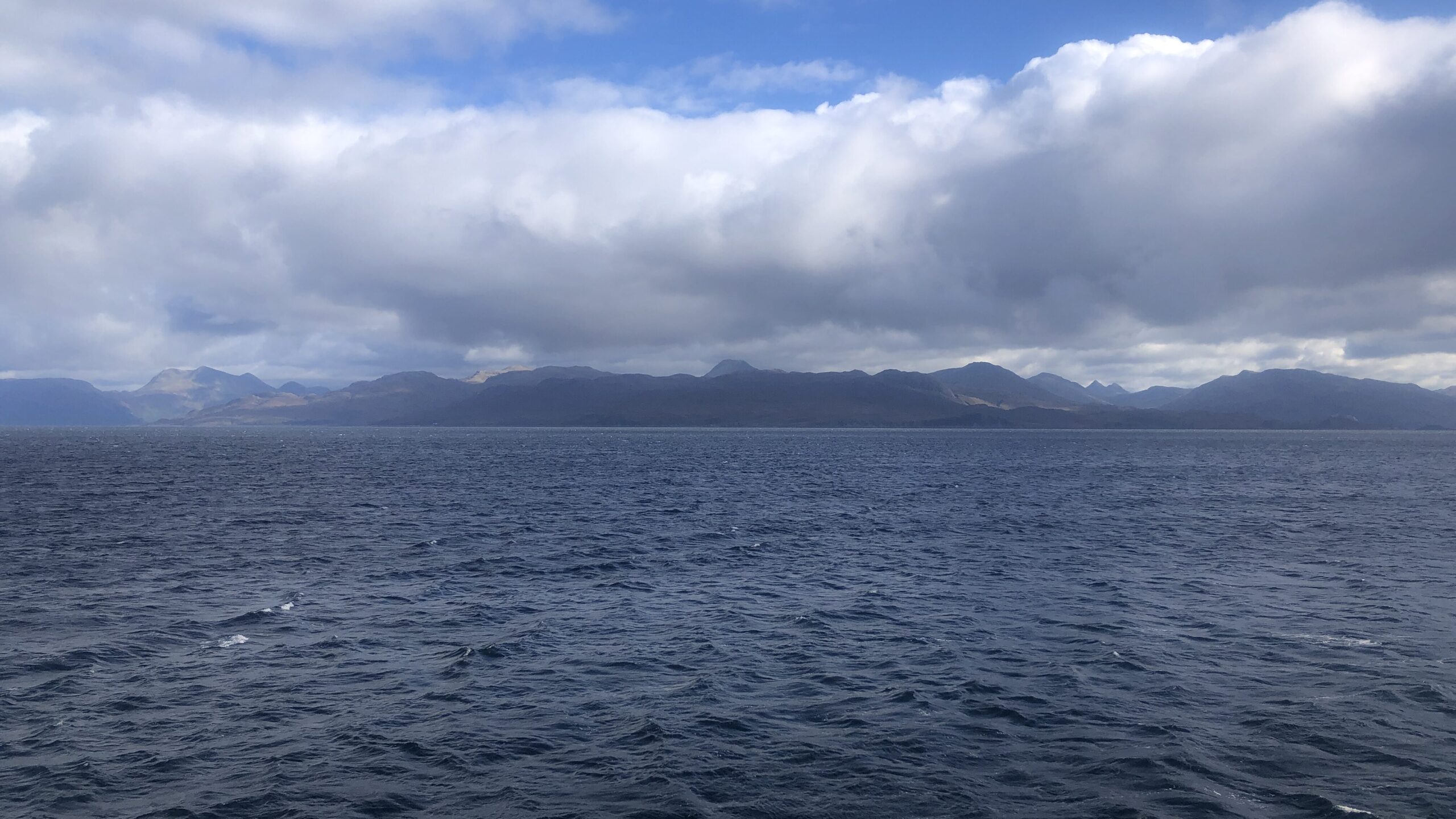
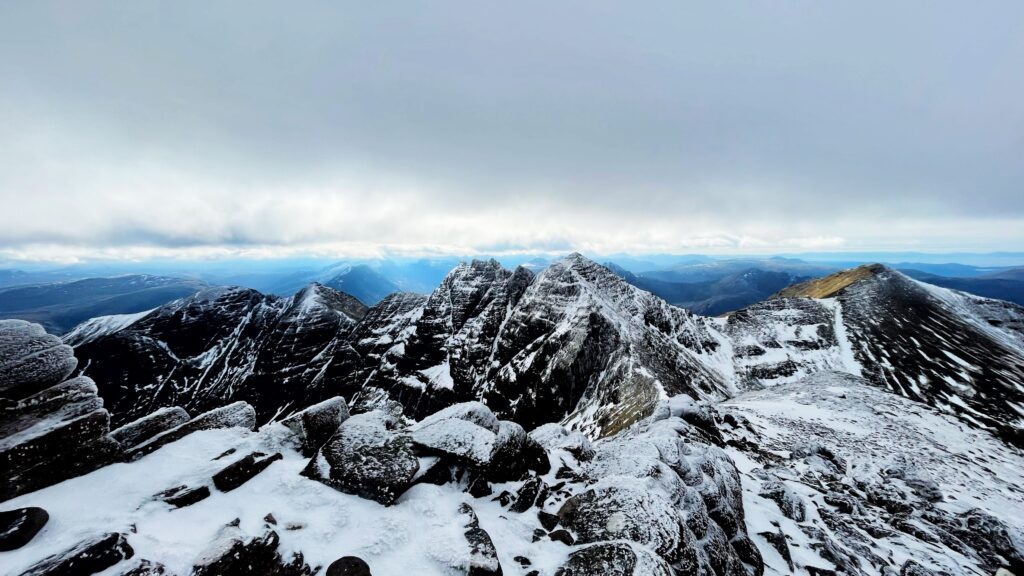
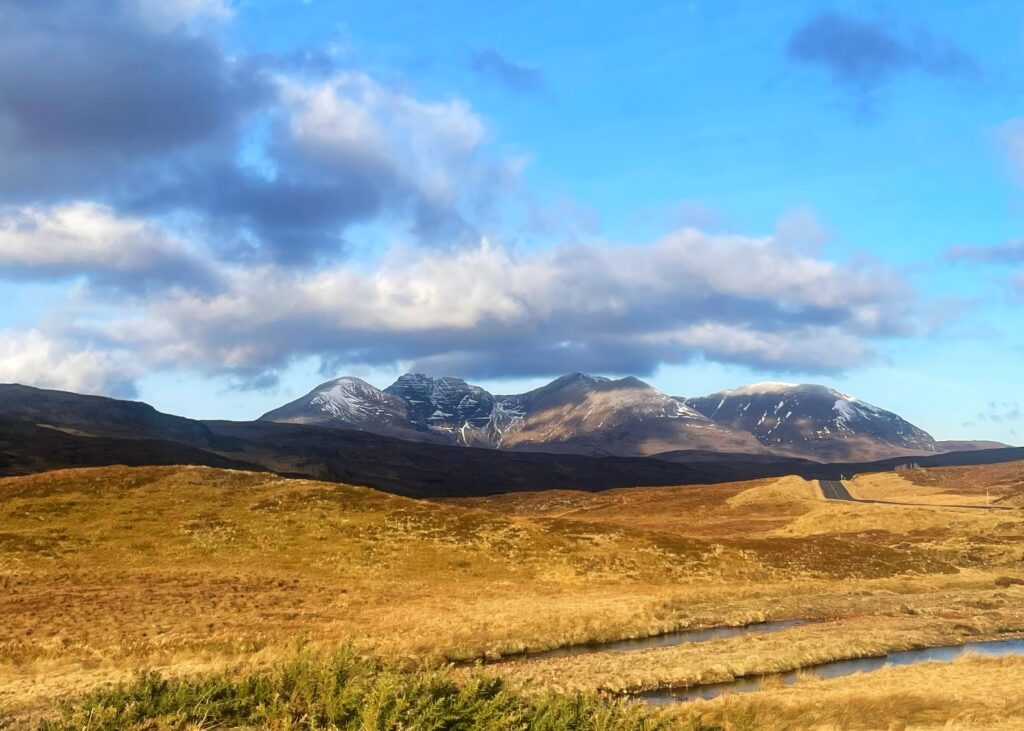
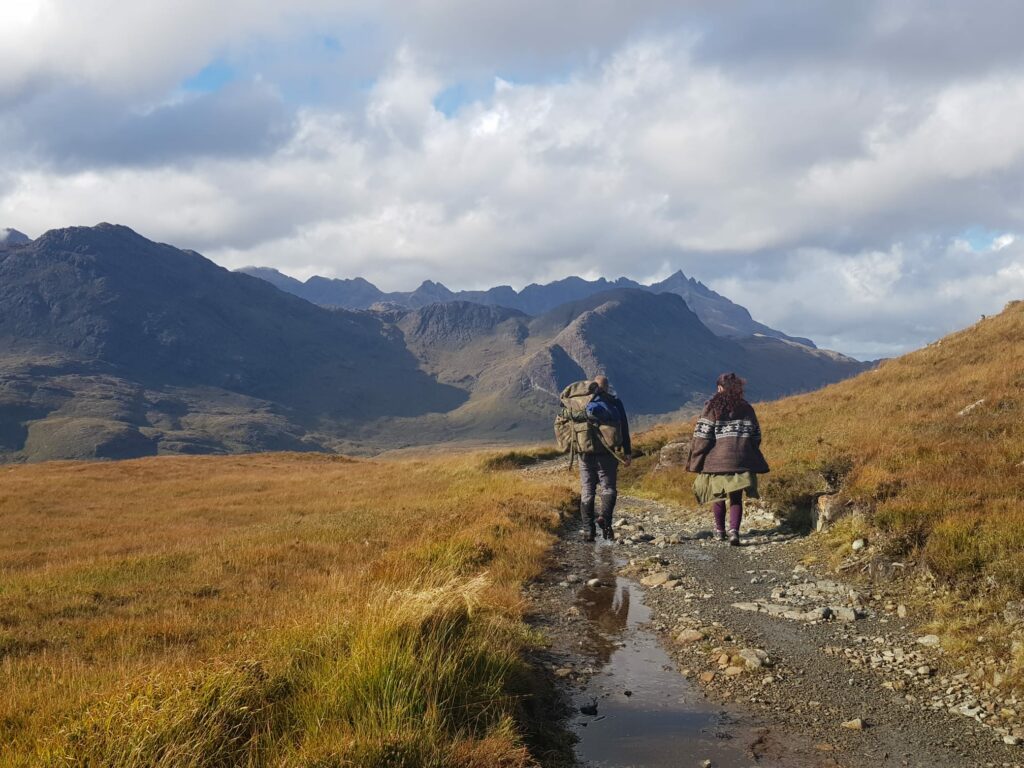
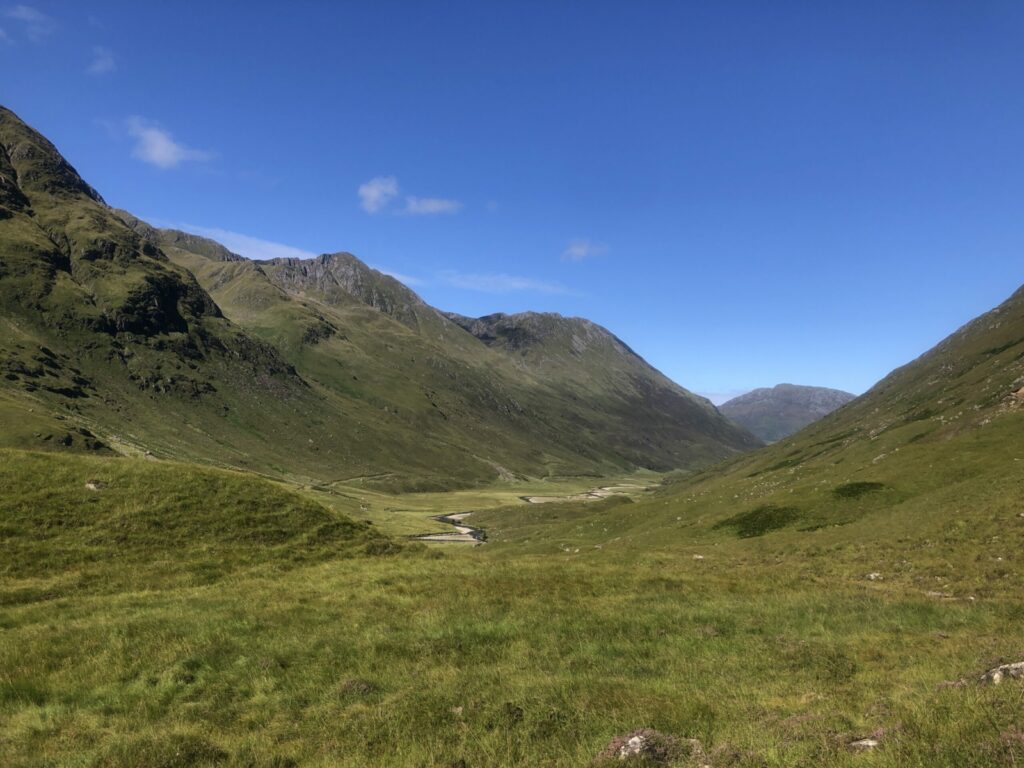
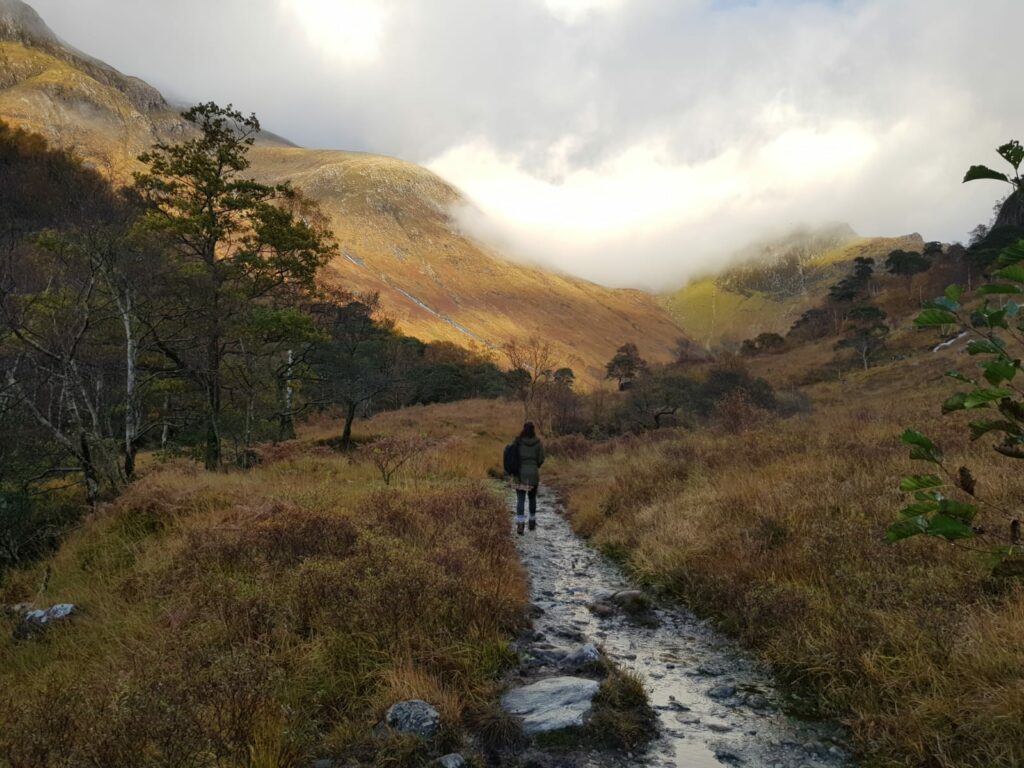
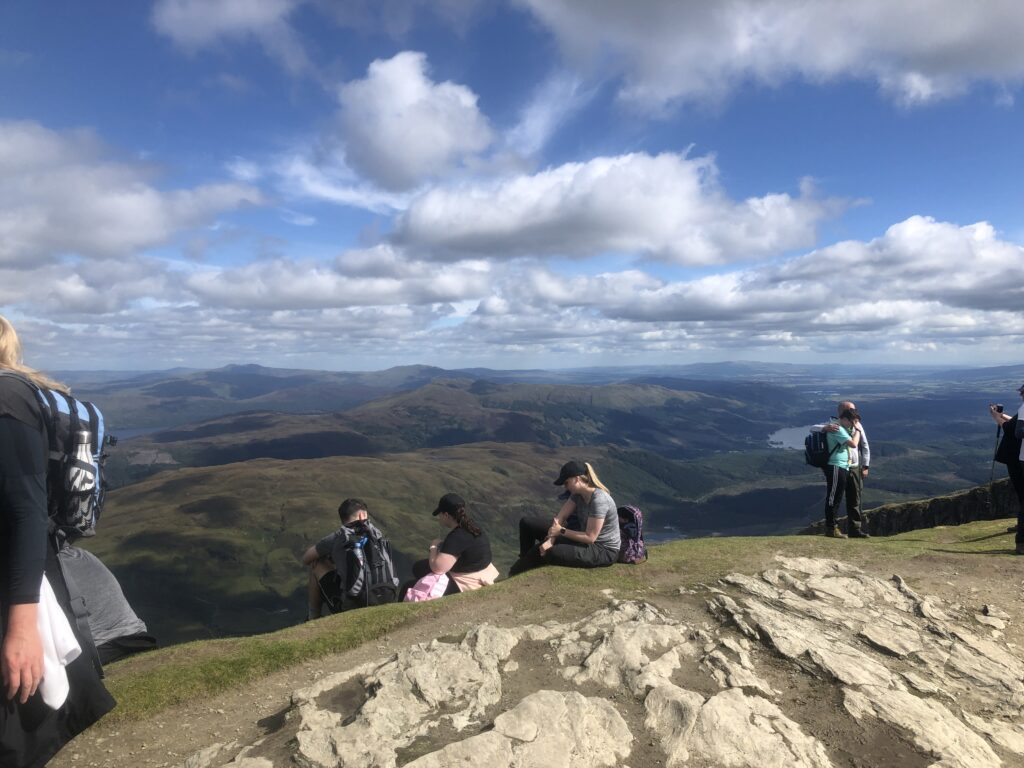
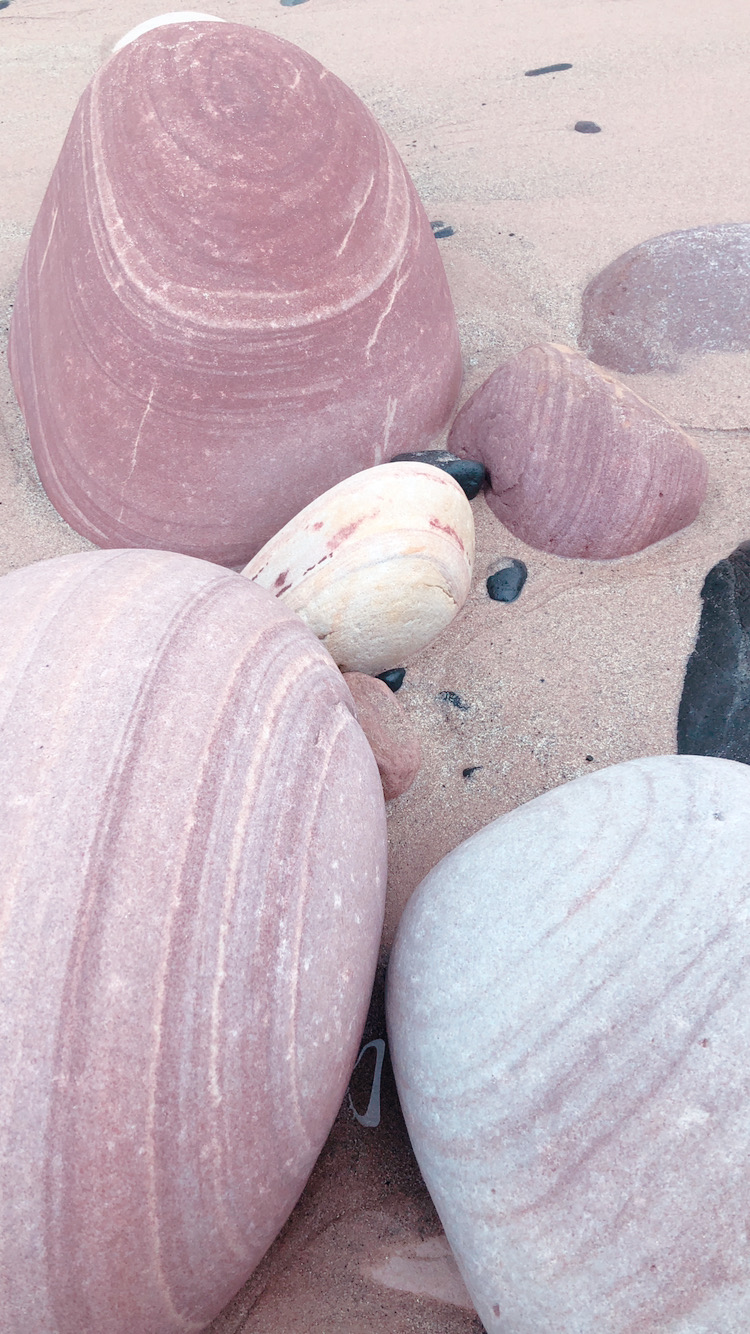
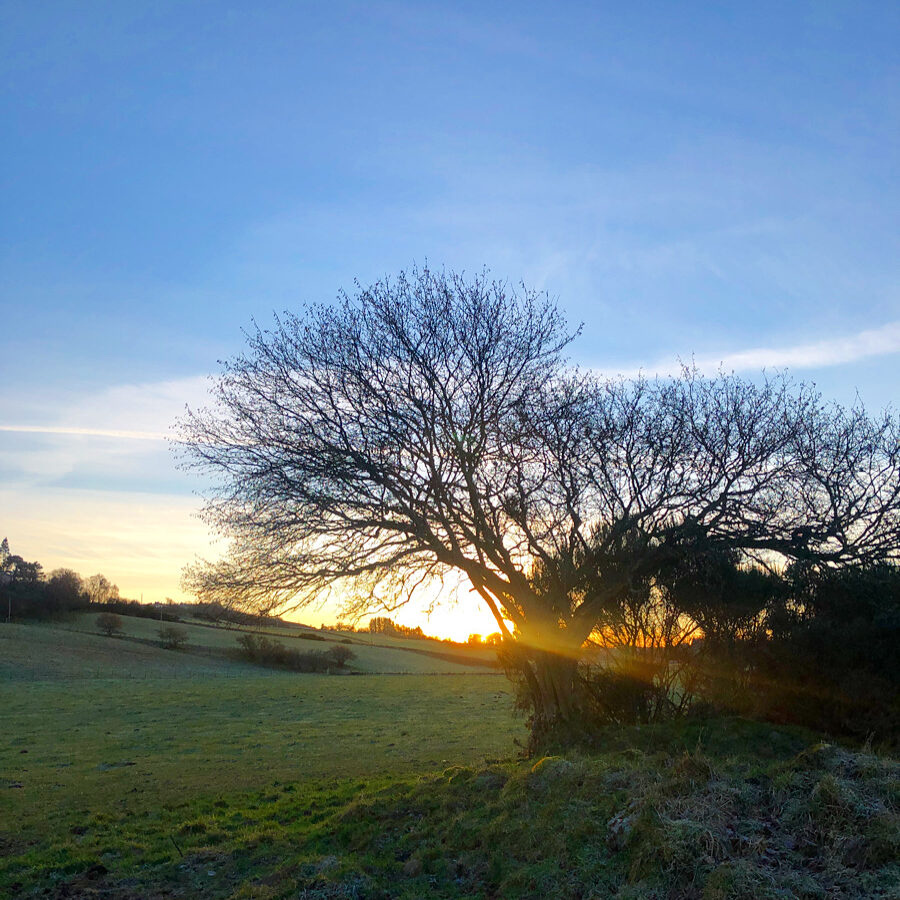
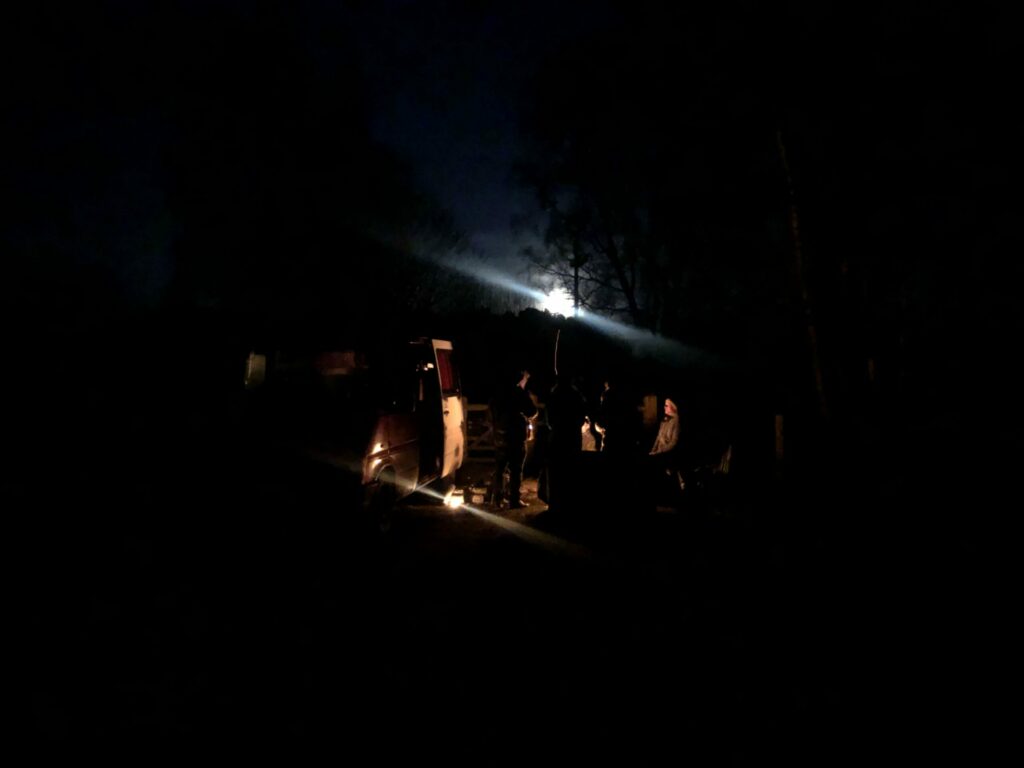
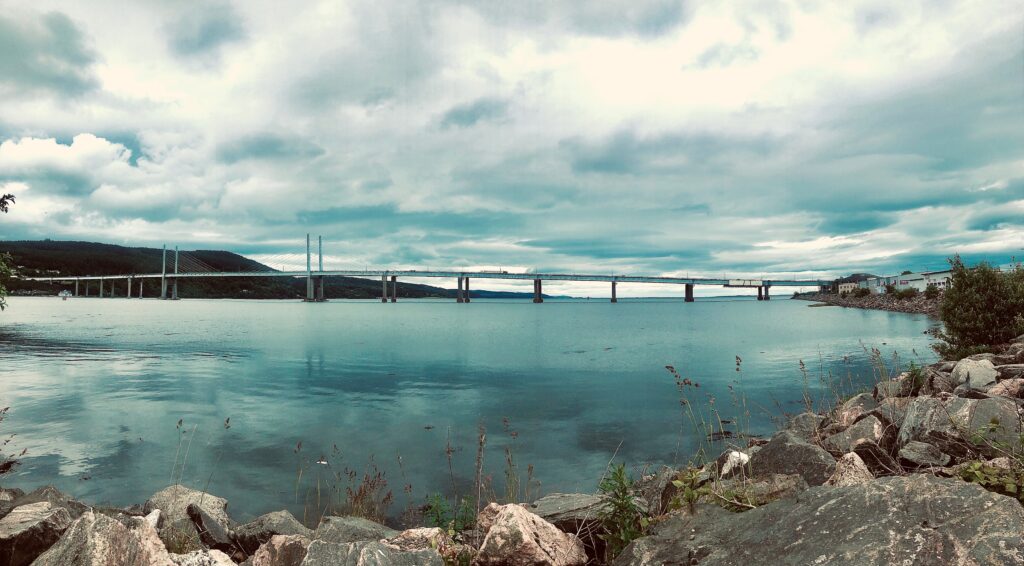
Leave a Reply